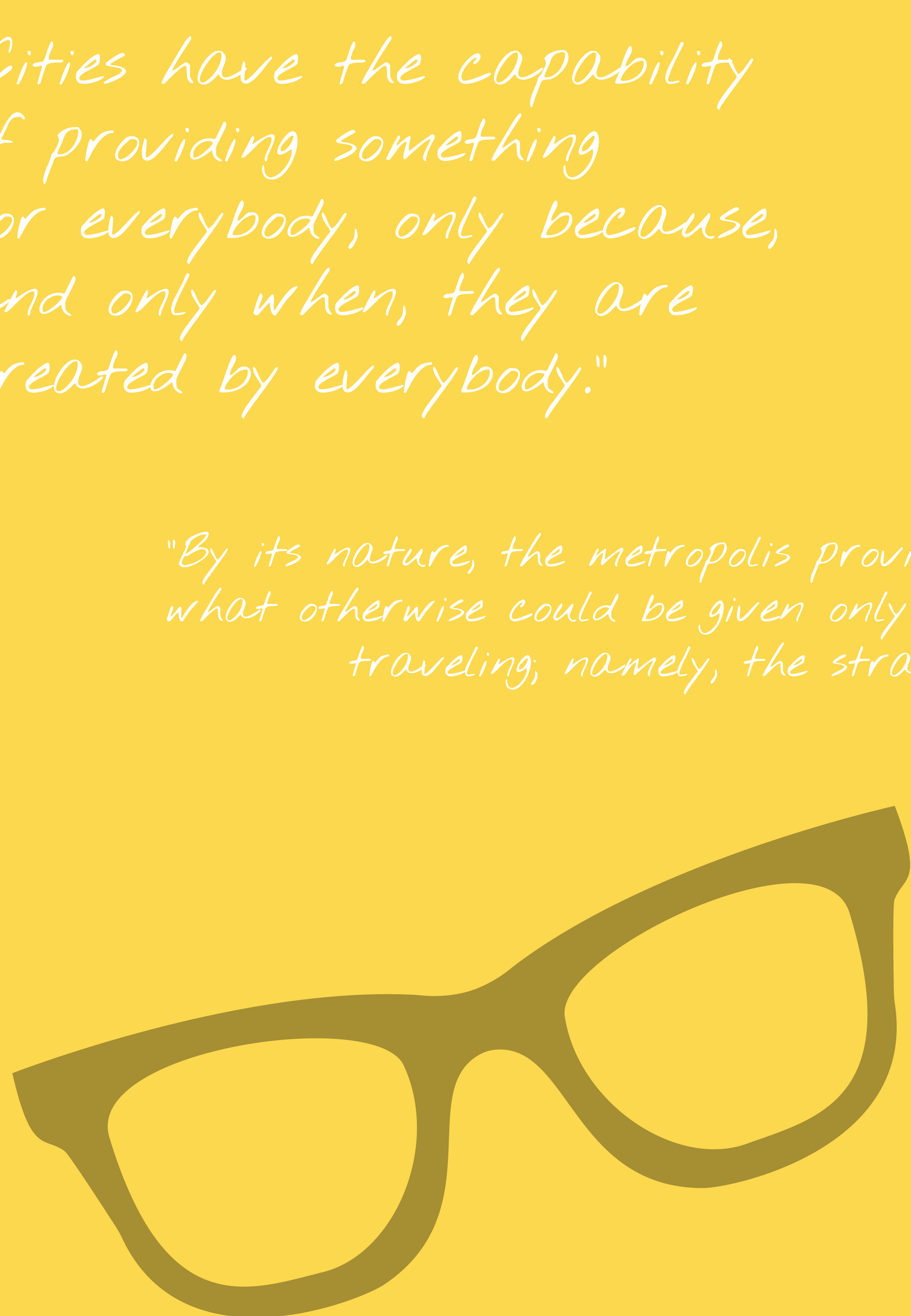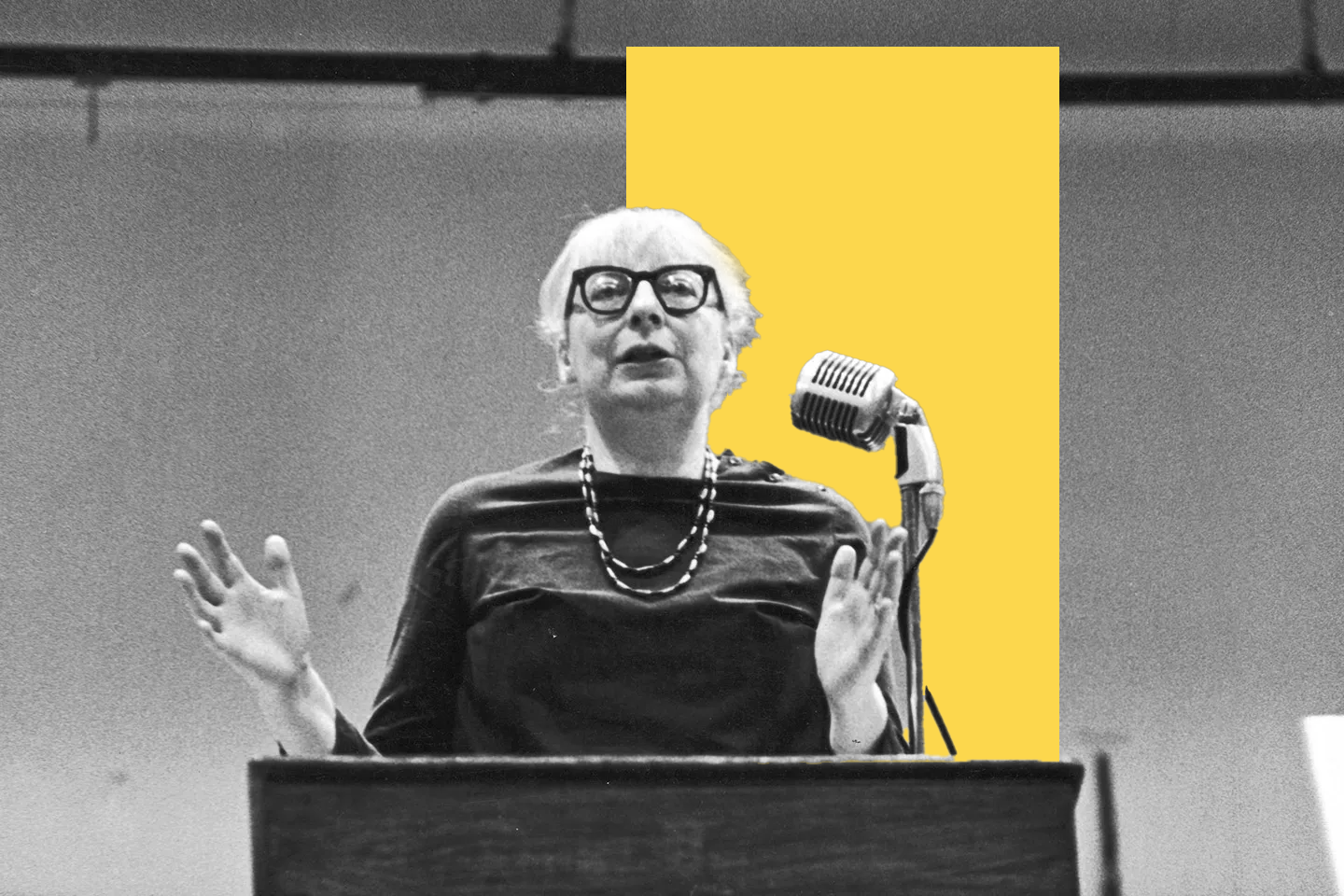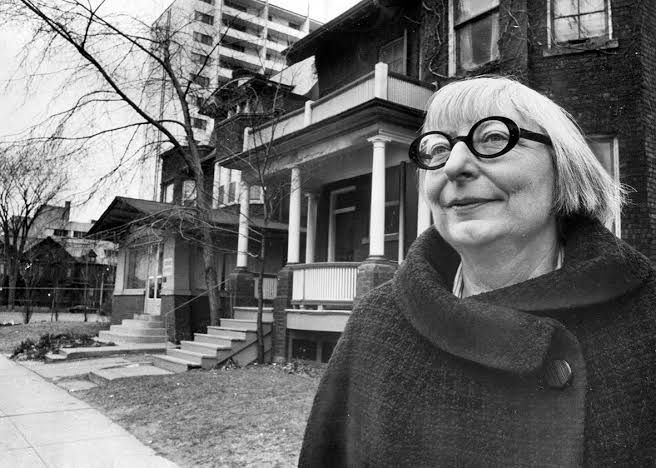Who is Jane Jacobs?
Jane Jacobs (1916-2006) was an urbanist and activist whose writings championed a fresh, community-based approach to city building. Although she had no formal training as a planner, her 1961 treatise, The Death and Life of Great American Cities, introduced ground-breaking ideas about how cities function, evolve, and fail. The impact of Jane Jacobs's observation, activism, and writing has led to a 'planning blueprint' for generations of architects, planners, politicians, and activists to practice.
Jacobs saw cities as integrated systems that had their logic and dynamism, which would change over time according to how they were used. With an eye for detail, she wrote eloquently about sidewalks, parks, retail design, and self-organization. She promoted higher density in cities, short blocks, local economies, and mixed uses. Jacobs helped derail the car-centered approach to urban planning in New York and Toronto, invigorating neighborhood activism by helping stop the expansion of expressways and roads. She lived in Greenwich Village for decades, then moved to Toronto in 1968, where she continued her work and writing on urbanism, economies, and social issues until her death in April 2006.
A firm believer in residents' input on how their neighborhoods develop, Jacobs encouraged people to familiarize themselves with where they live, work, and play.
In 2005, a small group of accomplished urbanists and activists, in collaboration with Jane, founded The Center for the Living City to build on Ms. Jacobs’ work. The Center aims to expand the understanding of contemporary urban life and inspire civic engagement and creative responses to advance social, economic, and environmental justice urgently.








